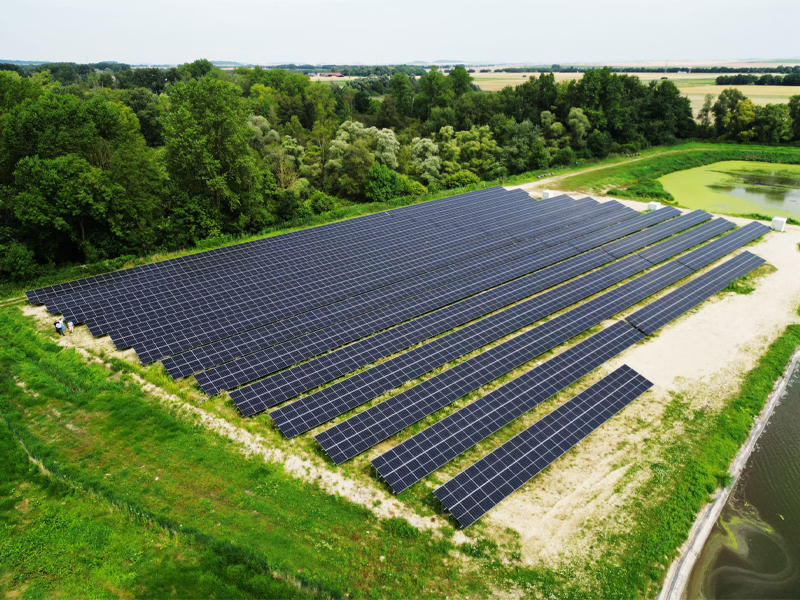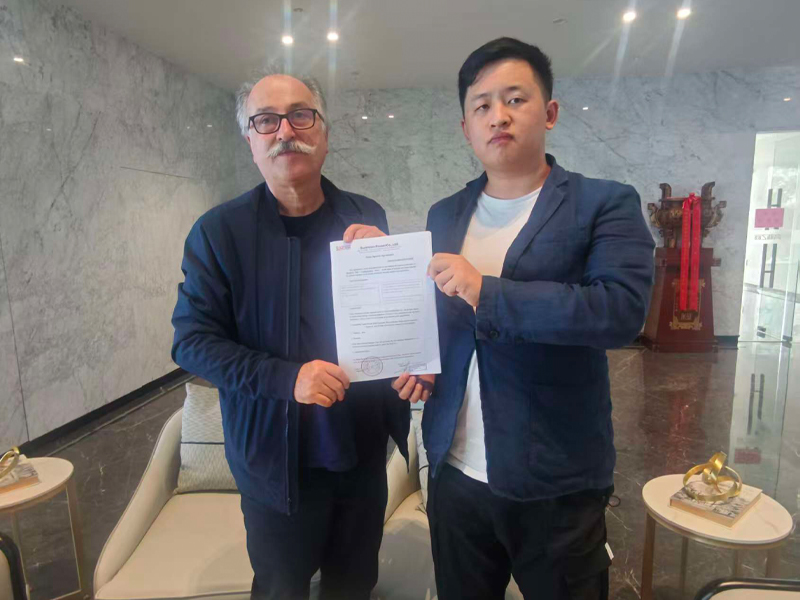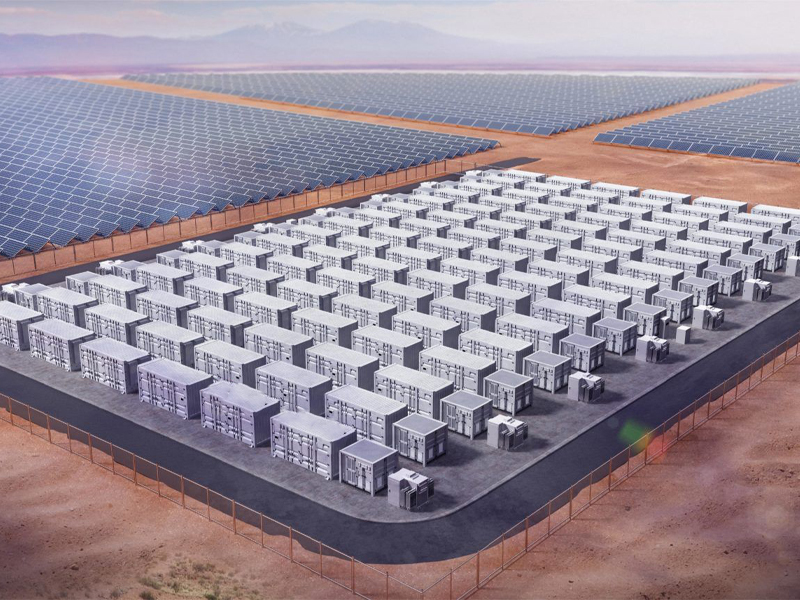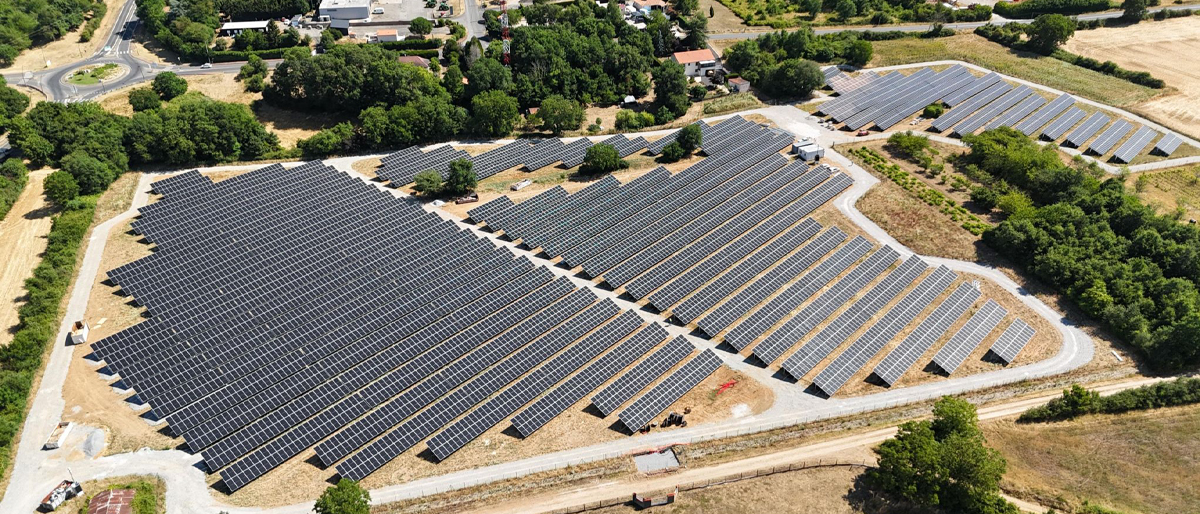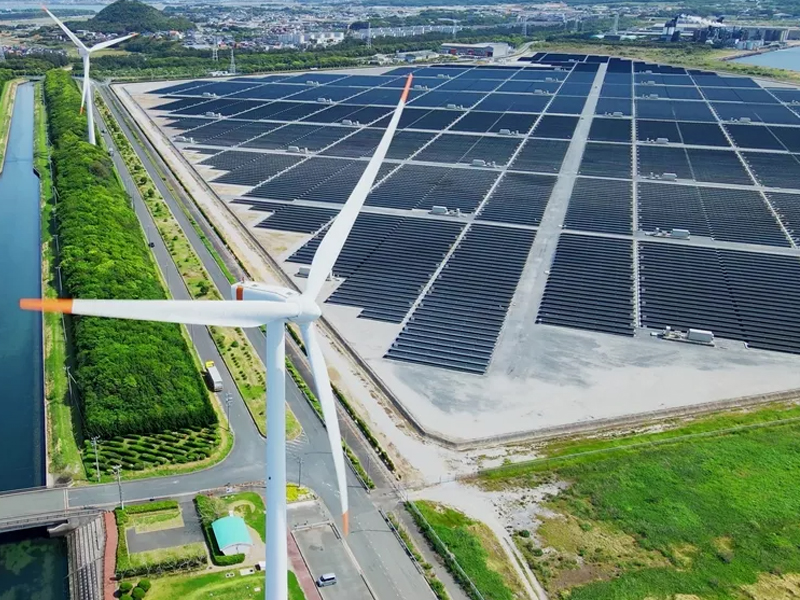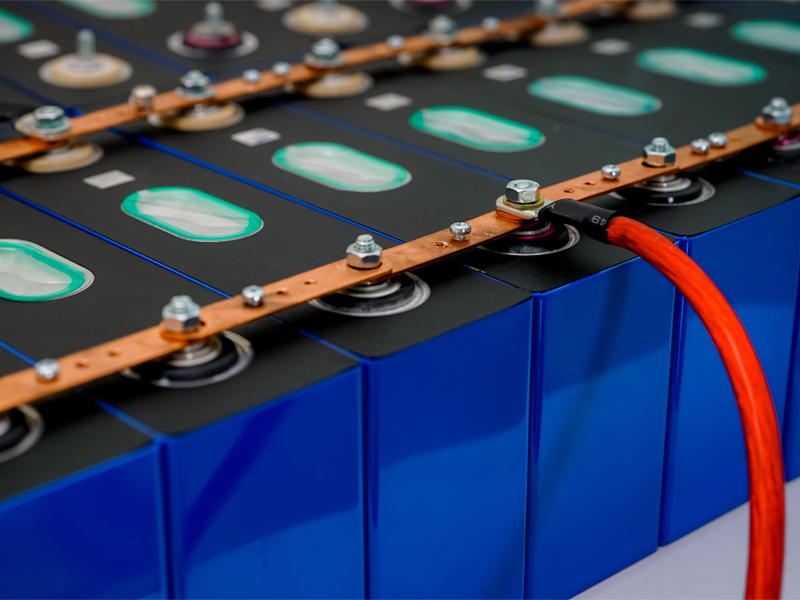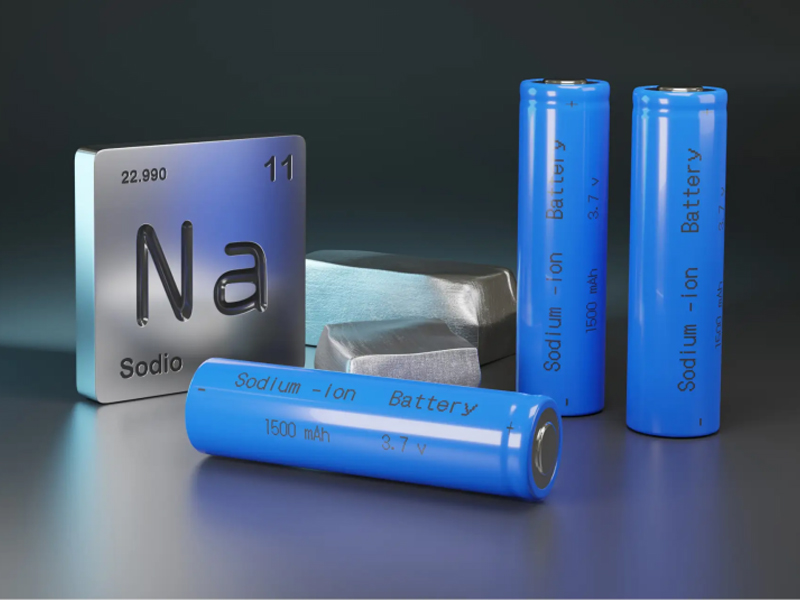Nanjing Olympic Sports Center Generate 4.65M kWh? The Solar Power Play!

In the past two days, the popularity of Jiangsu City Football League has once again dominated the charts!
On the evening of July 5, in the 6th round of Jiangsu City Football League, Nanjing team played against Suzhou team at home. This game, known as the "Jiangsu No. 1 Battle", directly triggered a large number of audiences from inside and outside the province during the early publicity period. The tickets were sold out instantly on the day of sale, and finally this highly anticipated game ended in a 0:0 draw.
According to official statistics, a total of 60,396 spectators came to Nanjing Olympic Sports Center to watch the game on that day, breaking the single-game attendance record of Jiangsu City Football League.
In addition to the Nanjing game, the match between Changzhou and Huai'an also attracted much attention. Under the popularity of the "stroke defense battle", Changzhou's 0:0 draw with Huai'an and the first point also directly rushed to the hot search that night.
From the first game of the Scottish Premier League to its current popularity, this amateur football match, which was not optimistic at the beginning, has now become the most popular sports event in China. Therefore, many other provinces have begun to imitate it. Similar football matches such as Henan Super League and Zhejiang Super League have appeared one after another, but the response is still far less than that of the Jiangsu City Football League.
A football match = 2272 air conditioners running at full speed
The reason for this is mainly because the explosion of the Jiangsu City Football League is by no means accidental. In addition to the hot topic of "match first, friendship fourteenth", Jiangsu's own strong economic strength is more important.
First of all, according to statistics, there are more than 20 Olympic Sports Centers/Sports Centers in Jiangsu Province. Not only each of the 13 prefecture-level cities has one, but also some county-level cities have one. For example, Kunshan City under Suzhou has an Olympic Sports Center with a total investment of 2.4166 billion yuan and 45,000 super-viewing stands. It is worth noting that this Olympic Sports Center is also the first professional football stadium in Jiangsu Province that meets the FIFA International A-level competition standards.
In addition to the venue, the power supply capacity is also crucial. Take Kunshan Olympic Sports Center as an example. The higher the technological content of this top stadium, the greater the demand for electricity. The peak power load of a game may reach 3 times or even more than that of an ordinary venue.
It is understood that during the game, the LED lighting system is fully turned on, the giant screen is running at high speed, and the live broadcast equipment is running at the same time. The peak load may exceed 2,500 kilowatts. If the household air conditioner (1.5 horsepower is about 1.1 kilowatts) is used as a reference, this power can drive 2,272 air conditioners to run at full speed at the same time.
On June 29, the day of the Jiangsu City Football League, the power consumption of Kunshan Olympic Sports Center may exceed 50,000 kWh. If converted into life scenes, this electricity is enough to play a 65-inch TV for 12,500 consecutive days, or fully charge 10,000 mobile phones 200 times.
In recent years, with the public's growing enthusiasm for sports events and sports, the power consumption of stadiums has also increased, especially large stadiums like this one. Therefore, these large stadiums have also begun to look for lower-carbon and cleaner power resources.
Previously, during the Hangzhou Asian Games, green power supply has become a unique highlight. According to statistics, a total of 23 venues and surrounding facilities use photovoltaic power generation technology, and photovoltaic facilities are laid in large venues such as the main venue "Big Lotus", the swimming pool "Butterfly", and the tennis center.
In addition, in order to fulfill the promise of using 100% green electricity in Hangzhou Asian Games venues, as early as April 28, 2021, the Hangzhou Asian Games Organizing Committee, Zhejiang Power Trading Center and State Grid Hangzhou Power Supply Company signed a tripartite agreement to fully launch the Asian Games green electricity trading.
The digital platform of Zhejiang Power Exchange Center shows that the green electricity used in the Asian Games venues includes photovoltaic power generation from the Qaidam Basin in Qinghai, Jiayuguan in Gansu, and the Loess Plateau, as well as wind power generation from Hami and Bachu in Xinjiang. In addition, distributed photovoltaics, offshore wind power and other Green Energy in Zhejiang Province are also continuously injected into the various venues of the Hangzhou Asian Games.
Annual power generation of 2.7 million kWh! "Photovoltaic Stadium" explosion
It is foreseeable that under the trend of "consumption is king", in addition to shopping malls and factory roofs, stadium roofs will also be extremely high-quality roof resources in the future.
Not long ago, the German Bundesliga giants Borussia Dortmund Football Club planned to build the world's largest stadium solar roof at its iconic home stadium, Signal Iduna Park.
According to previously reported plans, Borussia Dortmund will install a 4.2 MW photovoltaic power generation systemat its stadium, which will also be equipped with a 3.4MWh Energy Storage system. After completion, the system is expected to generate 4MWh of electricity per year, enough to power the stadium floodlights for 1,000 games.
According to the plan, all the electricity generated in the future will be used on-site at the stadium, which can reduce carbon dioxide emissions by about 1,800 metric tons per year. This is not the first time that the stadium has been equipped with photovoltaics. As early as 2012, the stadium had installed a 1MW solar energy system on the roof.
In addition, many famous stadiums around the world have installed photovoltaic power generation systems.
• Turk Telekom Arena
The stadium with the largest Photovoltaic System known to be installed is the Turk Telekom Arena, the home stadium of the Turkish powerhouse Galatasaray, which has a photovoltaic array capacity of about 4.2 megawatts and 10,404 solar panels installed.
According to relevant information, the solar panels installed on the roof of the facility will generate 4.65 megawatt-hours of electricity per year, equivalent to the average electricity consumption of 2,000 households in 12 months, and can reduce carbon dioxide emissions by about 3,250 tons per year.
• Brazil National Stadium
In 2012, Brazil had already built many small solar projects to provide electricity for the 2014 World Cup and the 2016 Olympics. The solar array occupies three-quarters of the roof of the stadium, with a total installed capacity of 2.5 megawatts and an annual power generation of more than 2.7 million degrees, making the Brazil National Stadium the world's first stadium with self-sufficient energy. In addition, the excess electricity of the photovoltaic system will be supplied to other cities, meeting the energy needs of about 2,000 household users every day.
• Huai'an Hongze Sports and Cultural Center
In China, not long ago, the 1.6MW photovoltaic Power Station on the roof of Huai'an Hongze Sports and Cultural Center was successfully connected to the grid. Compared with ordinary photovoltaic power stations, the project uses thin and light components, with an estimated annual power generation of 1.61 million kWh, an annual saving of 483 tons of standard coal, and an annual reduction of 1,255 tons of carbon dioxide.
In addition, photovoltaic power generation systems are installed in the venues of the Beijing Olympics and the Winter Olympics. A solar photovoltaic power generation system with a total installed capacity of 130 kilowatts is installed above the 12 main channels of the Beijing Bird's Nest. The Beijing Winter Olympics National Speed Skating Hall "Ice Ribbon" is equipped with a 320kW rooftop photovoltaic power station, which can output more than 448,000 kWh of clean electricity each year, equivalent to a reduction of 358,600 tons of carbon dioxide emissions. All the electricity generated is used for daily electricity use in the venue.
With the increasing maturity of photovoltaic technology and the sharp decline in costs, in addition to large venues, some small stadiums in communities and villages are also equipped with photovoltaic power generation.
At present, under the background of the integration of the "dual carbon" strategy and rural revitalization, a number of photovoltaic basketball courts have been built and put into use in some towns and villages in Guangdong.
Among them, the Tiegang Community Photovoltaic Basketball Court, which has been put into use, has an installed capacity of 139 kilowatts and 221 photovoltaic panels, which can meet the needs of rural basketball events and villagers' leisure sports.
In addition, the generated electricity can also create economic benefits for the village collective. According to relevant persons in charge, the project has an average annual power generation of about 166,800 kWh, which can generate about 86,000 yuan of power generation income for the village collective each year.
It is foreseeable that in the future, with the rise of the "national sports" trend, the "photovoltaic + stadium" model will also become a new development trend that cannot be ignored under the dual carbon goals.


